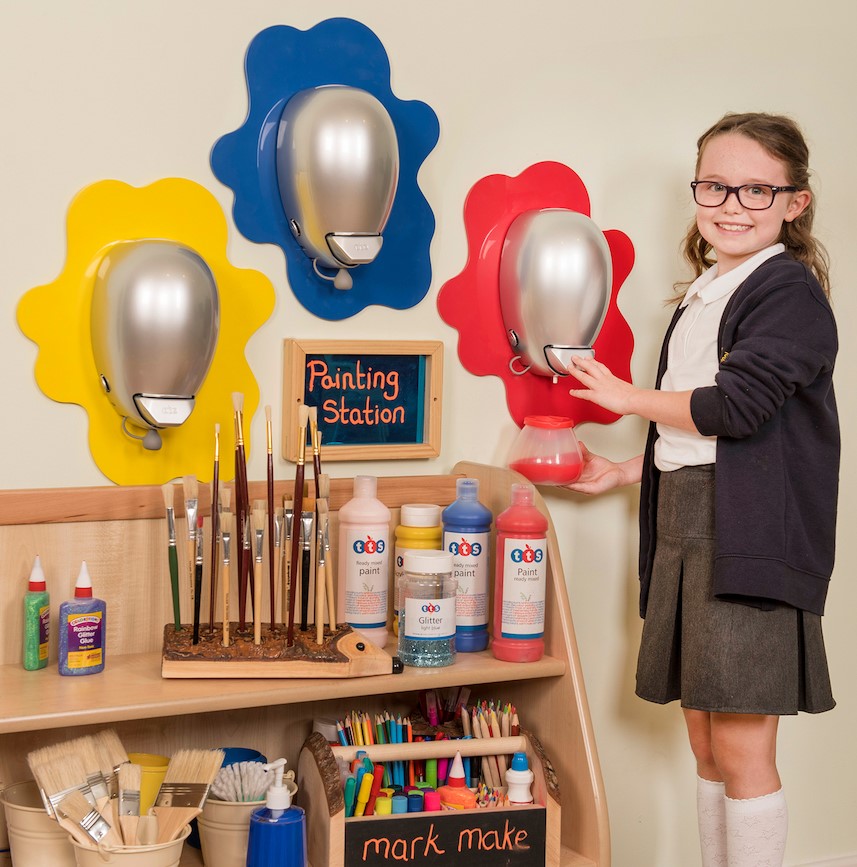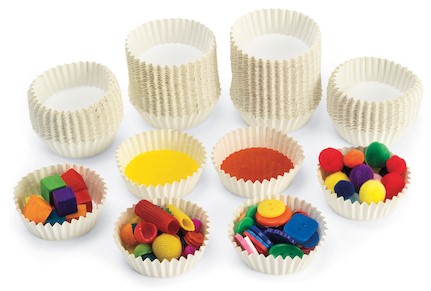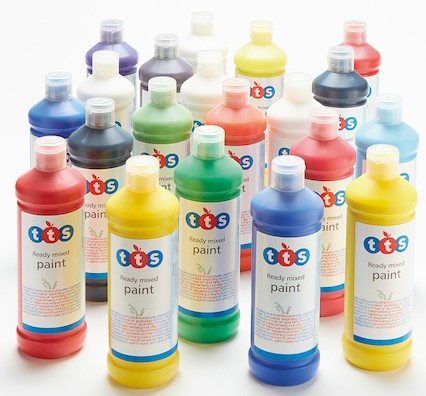I was definitely not the most confident teacher when it came to teaching art and would almost immediately regret starting an art project when the classroom was covered in paint, glue, glitter, paper, fabric and noisy children. However, when I stepped back and saw the enjoyment on the children’s faces, the happiness from being creative and the social development of my class, it definitely made it all worth it. That was, until I saw the cleaner’s after school and had to spend the next hour apologising … lots!
I always knew teaching art was important but often found myself making up excuses to justify, mostly to myself, why yet again I would not teach art or was changing what was on our planning (often to something less messy).
Here, we explore the top 10 excuses that teachers, including myself, have used for not teaching art and also offer some solutions to overcome these.
1. I haven’t got time to set it up
The first key to simple set up is to have a tidy art resource area. Whether you are blessed with an art cupboard or have a more modest art trolley, assign art monitors in school to keep this area tidy and always stocked. If your resources are neat and tidy, you will be able to access the resources quickly and easily. Also, involve the children in setting up your art activity. Plan in time within your session to show the children how to set up and select their own materials.
2. I’m not very good at Art myself
Showing children that you are not the most confident artist can be a very beneficial learning experience. Verbalise that you want to learn new techniques with the children and that you are not confident … YET. Remember, not everyone can be great at everything so show the children how to learn. You can also find teaching ideas and materials from online to help you with ideas for your class projects.
3. It’s going to be too messy
The simple response, creativity often is messy. Ensure that you plan enough time for your art lessons. Do not try to rush it into a 30 minute session, instead plan it so that you have time to set up, get creative and tidy away. Consider planning larger scale art projects over a period of time and possibly large scale art projects outside. Put large tarpaulins down and let the children explore art outdoors. And of course, it always helps if you have a good relationship with your cleaner.
Craft Cups are the perfect way to keep art materials tidy in the classroom. They are also perfect for storing paint too!
4. I don’t have time to wash out the paint pots
There are lots of alternatives to having to wash out paint pots in cold water. Why not use disposable paint pots or craft cups? Again remember, a lot of children love the responsibility of washing out paint pots but of course, plan this in so that there is enough time. Plus, not all art lessons have to be using paint!
5. I need to get English and Maths finished
There is a lot of research that suggests that developing children’s creative skills can impact on their academic progress. Taking some time to focus on their creative development, can have a positive impact on their English and Maths. Remember, Art is often a subject that allows different children to shine. You could also use art to support other areas of the curriculum, for example creating your setting for creative writing, descriptive writing and shapes in maths.
6. We haven’t got anything in the stock cupboard
Ask your art coordinator to keep a stock list on the door of the art cupboard/store. Prepare early and whilst planning your next topic, think about the resources you may need. Why not set up a termly art order where staff can request materials including the art essentials.
7. I haven’t got enough time to teach a full lesson
The simple answer is, make time. Try planning longer art projects, rather than single lessons, so that you have longer to work on them. Do not try and create a masterpiece in one hour (no artist would do this). Plan over a series of weeks to look at art, design a masterpiece and then take time to create it.
8. I haven’t got another adult to help me
Try a carousel of art activities so that you have the time to focus on specific groups of children at one time before rotating. Why not include mindfulness activities and skill activities such as shading, which children can practice independently. This will allow you time to focus on working with individuals.
9. I don’t really know what I should be teaching
Discuss this with your art coordinator and as a school create a clear curriculum plan identifying the skills children should be developing in each year. Look online for ideas and start by watching your children and find their starting point.
10. The children will get over excited and their behaviour might be difficult
Create shared expectations with your class before your lesson so that everyone understands how to behave. It is also important to have a clear structure so that children have a focus for the session. The rise of therapeutic art activities illustrates the therapeutic nature of art, which may support children who display challenging behaviour. You could include mindfulness activities in to your lessons to model the calming influence of creative activities.
With thanks to Catherine Sawkins for writing this post. Catherine was a primary school teacher for 7 years before coming to work for TTS.

















